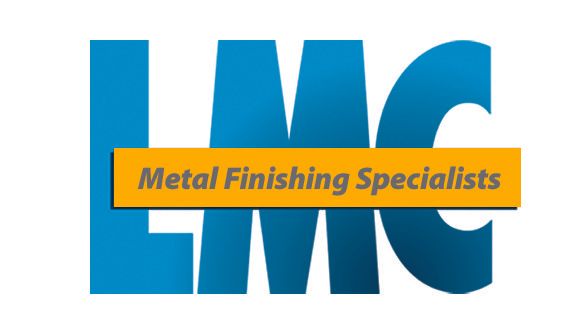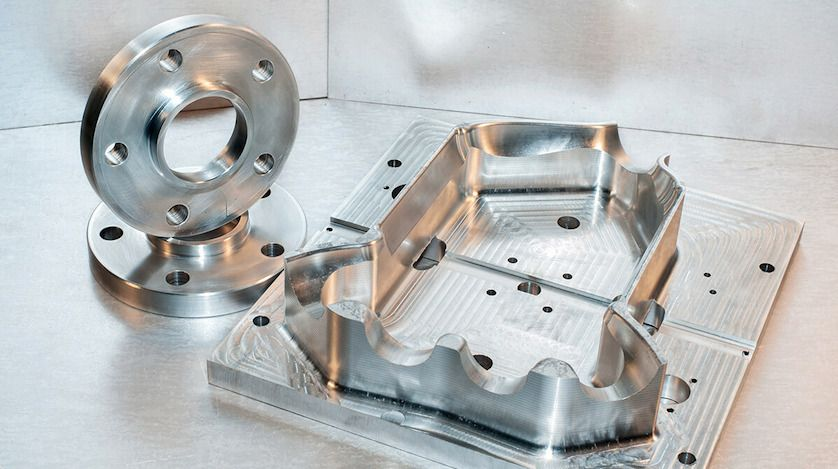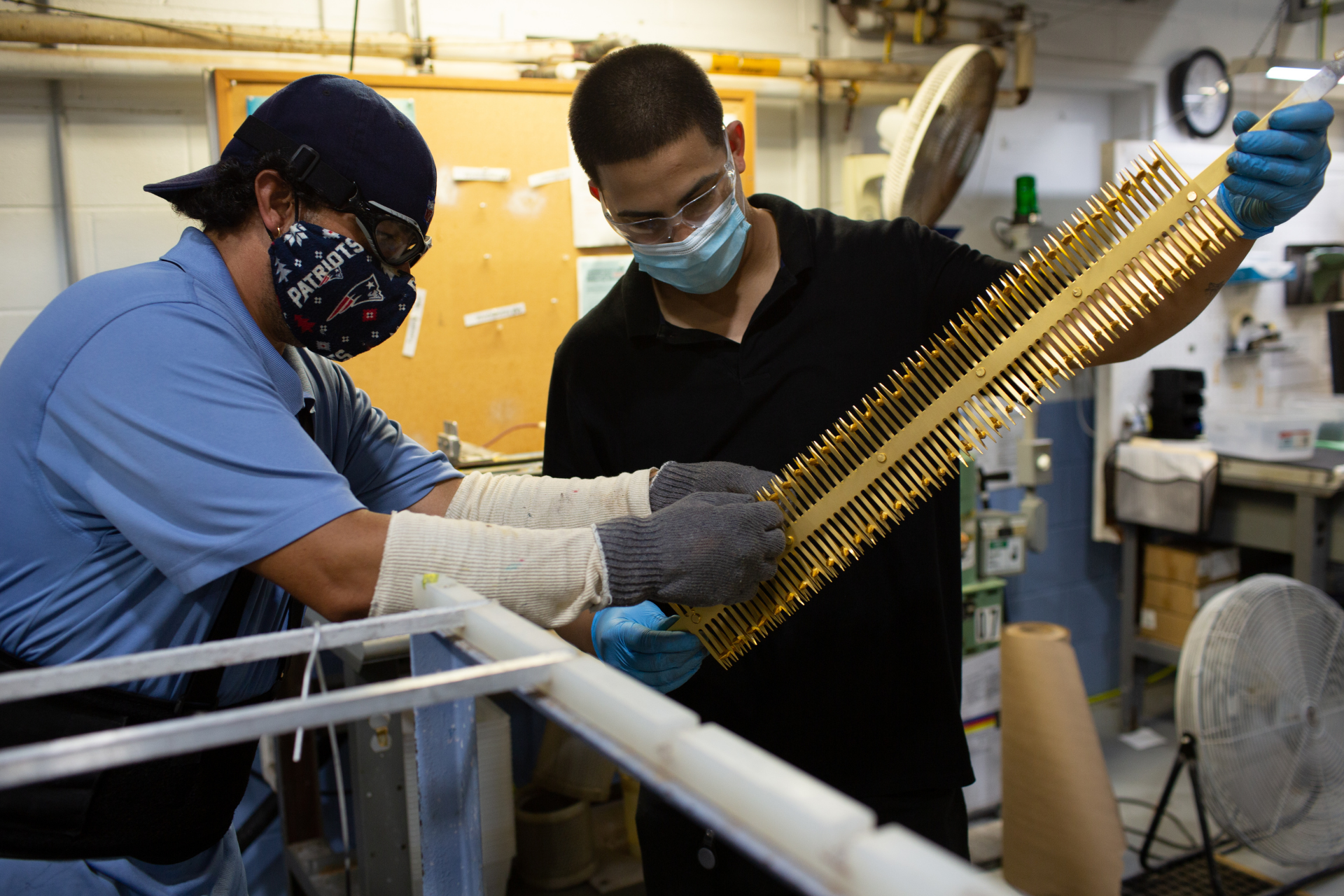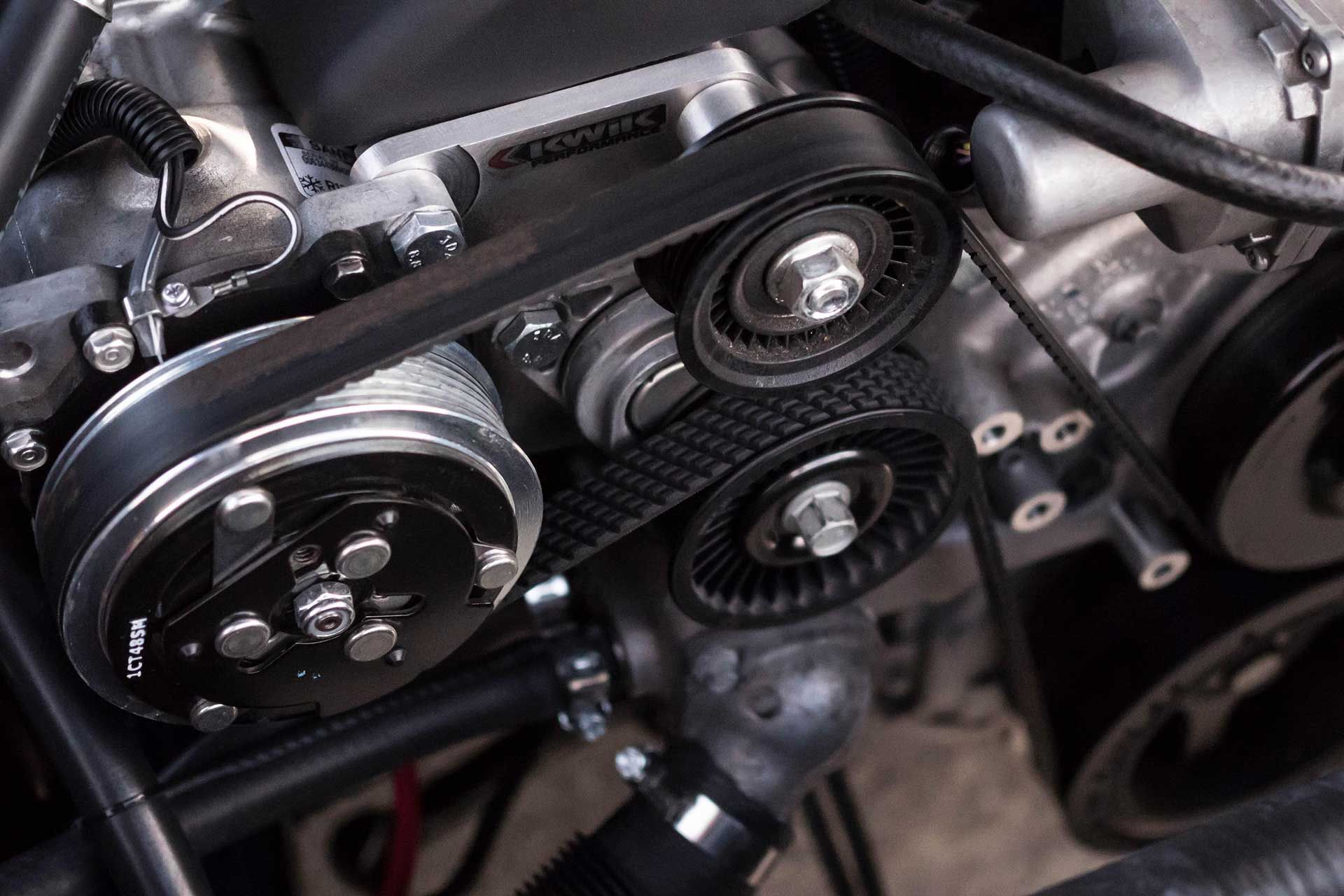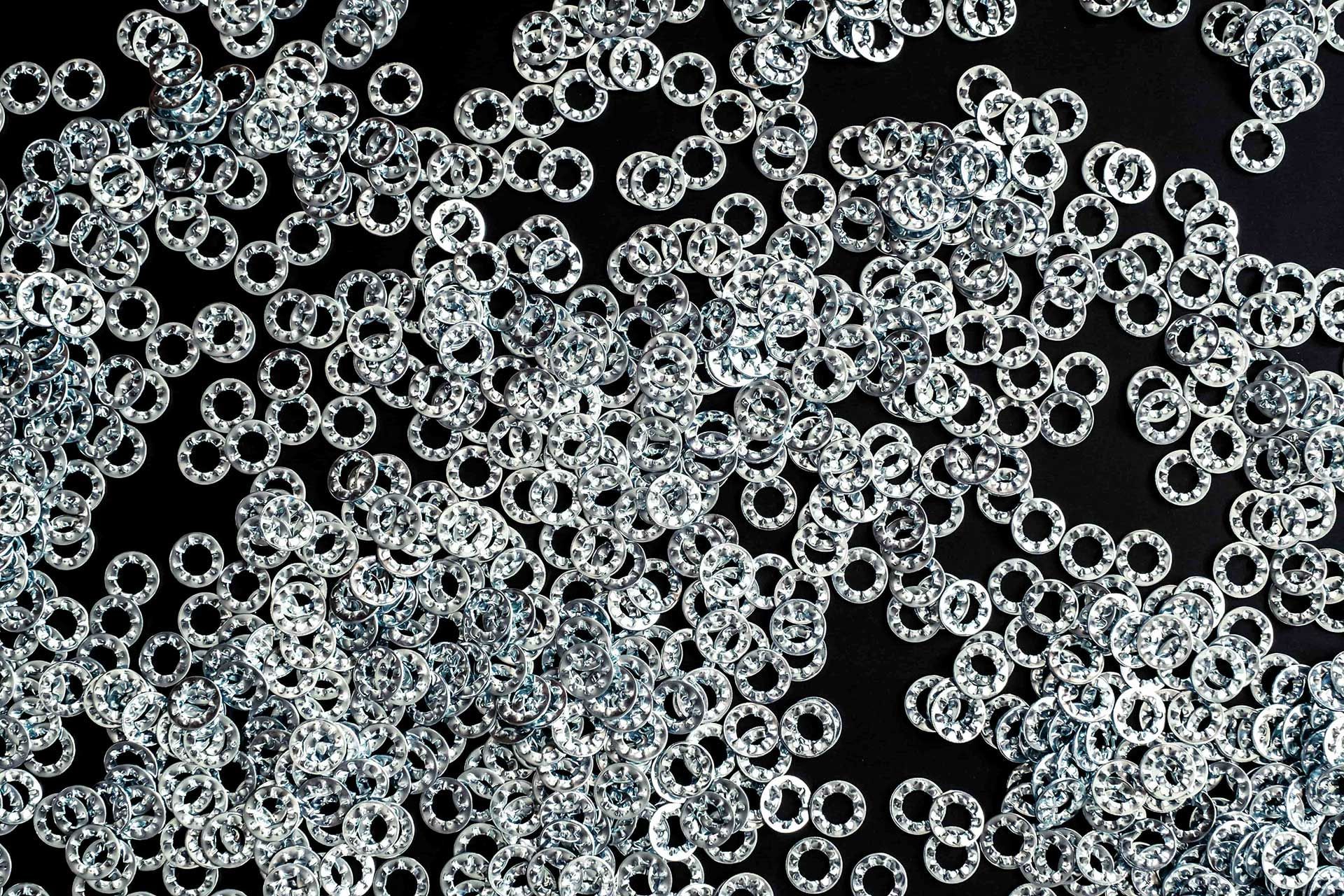Thermal Conductivity of Metals – How Metal Coatings Impact Heat Transfer
Thermal conductivity plays an important role in metal finishing processes, influencing the safety, efficiency, and longevity of products across multiple industries. Whether in automotive, aerospace, or electronics, understanding how heat is transferred through metals and how different coatings impact this process allows businesses to optimize their product performance and reduce costs.
The Role of Thermal Conductivity in Metal Finishing
Thermal conductivity refers to a material's ability to conduct heat. In industrial applications, such as automotive, aerospace, and electronics, this characteristic is crucial for maintaining product safety and performance. The thermal conductivity of metals, particularly aluminum and steel, is often a key consideration when choosing materials for components that require effective heat dissipation.
For business owners, selecting metals and coatings based on thermal conductivity can impact product efficiency. The right choice can lead to improved energy consumption, better heat management, and safety in high-temperature environments. Applying coatings that promote aluminum heat transfer can reduce energy costs and optimize the functioning of heat exchangers and other equipment.
How Metal Coatings Affect Heat Transfer
Different coatings, such as anodizing, powder coating, or ceramic coating, can either amplify or hinder heat transfer. For example, anodizing aluminum increases its surface thermal resistance, while powder coatings might add a layer that slightly insulates the metal, impacting its heat dissipation abilities.
Understanding the concept of thermal resistance is crucial. When coatings increase thermal resistance, heat dissipation slows down, which can be beneficial or detrimental, depending on the application. In the electronics industry, applying a coating that boosts the thermal resistance of aluminum can protect components from overheating, while in other industries, like automotive, coatings that promote effective heat transfer are more desirable.
Industries have successfully manipulated heat transfer properties through specific coating choices. Some manufacturers use ceramic coatings on steel components to improve thermal insulation, making the material ideal for high-temperature machinery. Anodized aluminum, on the other hand, is often used in applications that require heat dissipation because it balances thermal resistance with effective heat conductivity.
Comparing Aluminum, Steel, and Copper for Heat Conductivity
When selecting the right metal for an application, you’ll need to understand the thermal conductivity of metals like aluminum, steel, and copper. Copper is known for its high thermal conductivity, making it an excellent choice for applications where rapid heat transfer is needed. For some, its weight and cost are limiting factors.
Aluminum is favored for its combination of high thermal conductivity and lightweight nature. The aluminum thermal conductivity properties make it ideal for applications requiring efficient heat transfer, such as in cooling systems or heat sinks. The thermal conductivity of steel is lower than that of copper and aluminum, but it is still widely used in applications where strength and moderate heat dissipation are critical.
When selecting a metal, considering the thermal resistance of aluminum, steel, or copper allows business owners to optimize heat management in their products. For applications that require effective heat dissipation, aluminum and copper are often preferred, while steel may be chosen for situations where thermal conductivity is less important.
Optimizing Coatings for Thermal Conductivity and Reduced Costs
To improve energy efficiency and reduce maintenance expenses, businesses must choose coatings that align with their specific industry requirements for thermal conductivity. Collaborating with suppliers and manufacturers to understand the thermal resistance of aluminum or other metals with different coatings can improve product performance, and selecting coatings that increase or control heat transfer can lead to lower operational costs and a longer equipment lifespan.
For companies looking to maximize heat management capabilities, choosing the right metal finishes is key. Whether you are interested in boosting aluminum heat transfer for cooling systems or reducing the thermal conductivity of steel for high-temperature applications, understanding the role of thermal conductivity and coatings can greatly impact your bottom line.
Contact Light Metals Coloring to learn more about optimizing your
metal finishing processes to increase thermal conductivity and meet your industrial needs!
